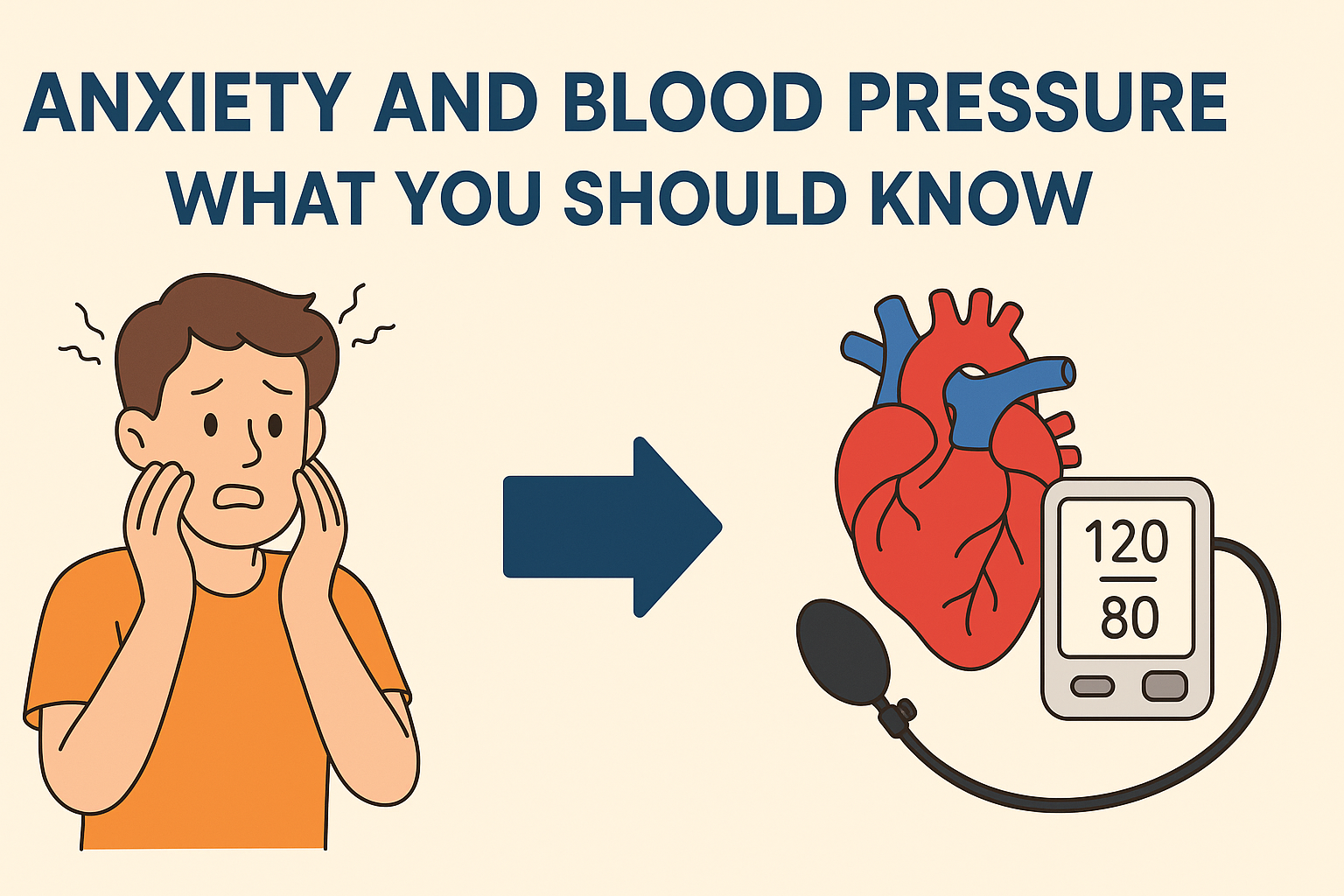Have you ever asked yourself, “Should I walk or run to lose fat(walking vs running)?” You’re not alone. Many people want to know which one is better for burning calories and shedding extra weight. The answer isn’t just about speed—it’s about what fits your body, lifestyle, and goals. Let’s break this down in a way that’s easy to understand.
What Happens When You Walk?
Walking is something most of us do every day. It’s easy, safe, and gentle on your joints like knees and ankles. When you walk at a steady pace, especially for 30 minutes or more, your body starts using stored fat as energy. That means your body slowly burns fat while you move.
Real-life example:
Rita, a 42-year-old mom, wanted to lose weight after her second baby. She didn’t have time for the gym, so she started walking 45 minutes every day after dinner. Within three months, she lost 6 kg just by walking and eating a little healthier. No running. No fancy workouts. Just walking.
What Happens When You Run?
Running is faster and more intense than walking. It makes your heart beat quicker and burns more calories in less time. But when you run, your body first uses stored sugar (called glycogen) for energy, especially during short runs. Your body starts burning fat more after 20 to 30 minutes of running.
Real-life example:
John, 29, started running three times a week for 20 to 30 minutes to lose belly fat. He combined it with light strength training and a protein-rich diet. Over four months, he lost 10 kg. Running worked great for him because he had healthy joints and liked sweating it out.
Calories Burned: Walking vs. Running
Let’s look at some quick numbers:
| Activity | Time | Calories Burned (70 kg person) |
| Walking (3.5 mph) | 30 mins | About 140 to 150 calories |
| Running (6 mph) | 30 mins | About 300 to 350 calories |
Running burns more calories in less time, but that doesn’t always mean it’s better. Fat loss is about burning more calories than you eat. This is called a calorie deficit. You can create this deficit by walking longer, eating less, or mixing both.
Joint Impact: Is One Safer?
Running is harder on your knees, ankles, and hips—especially if you’re overweight or new to exercise. It can lead to injuries like shin splints or knee pain if you do too much too soon.
Walking is low-impact, which means it’s gentle on the body. That’s why it’s great for:
- Beginners
- People with joint pain
- Older adults
- Anyone coming back from injury
Which One is Easier to Stick With?
Walking is easier to turn into a daily habit. You can do it while:
- Listening to music or a podcast
- Talking with a friend
- Walking your dog
- Going to work or shopping
Running is great too, but some people stop because it feels too hard or they get tired quickly. The best exercise is the one you can do consistently.
Why Not Do Both?
You don’t have to choose just one. Mixing walking and running can be fun and effective. You can try intervals, like:
- Walk for 2 minutes
- Run for 1 minute
- Repeat for 30 minutes
This is called interval training and it helps burn fat, improve heart health, and build stamina faster.
Best Time to Walk or Run for Fat Loss
People often ask: “When should I walk or run to lose more fat?”
Here’s the truth:
- Morning is great for fasted cardio (on an empty stomach), but only if you feel good.
- Evening is perfect for relaxing and clearing your mind after a long day.
The best time is the one that fits your schedule. Fat loss happens when you’re consistent—not just because you work out at 6 in the morning.
So, Which is Better for Fat Loss?
Walking is better if:
- You’re a beginner
- You have joint pain
- You want something low-stress and easy to do daily
Running is better if:
- You want faster results
- Your body can handle higher intensity
- You enjoy sweating it out
But the truth is, both help burn fat. The key is to burn more calories than you eat—and keep moving regularly.
Real People, Real Results
Case Study: Priya (Age 35)
Priya had PCOS and struggled with weight. Running was too hard, so she walked 10,000 steps a day for 5 months. She paired it with a healthy Indian diet and lost 8 kg. Her energy improved and so did her mood.
Case Study: Mike (Age 50)
Mike was a runner in college but stopped for years. He started with walking, then slowly added 1-minute runs. After 6 months of walk/run intervals, he lost 12 kg and felt 20 years younger.
FAQs – Your Questions Answered
Q1. Does walking burn belly fat?
Yes. When you walk regularly and eat right, your body burns stored fat—including belly fat—over time.
Q2. Is running better than walking for fat loss?
Running burns more calories faster, but walking is safer and easier to stick with. Do what works best for you.
Q3. How much should I walk to lose weight?
Try walking for 30 to 60 minutes a day, five days a week. Tracking your steps—10,000 a day—is a great goal.
Q4. Can I lose weight by just walking?
Absolutely. Many people lose weight just by walking daily and making small food changes.
Q5. Should I walk or run if I’m overweight?
Start with walking. It’s gentle on your joints and still burns fat. You can add light jogging later if your body feels ready.
Final Thoughts
You don’t have to run marathons to lose fat. Walking is just as powerful—especially when done regularly. Choose what feels right for your body. Walking, running, or a mix of both can help you get fitter, leaner, and happier.
It’s not about being fast—it’s about being consistent.








